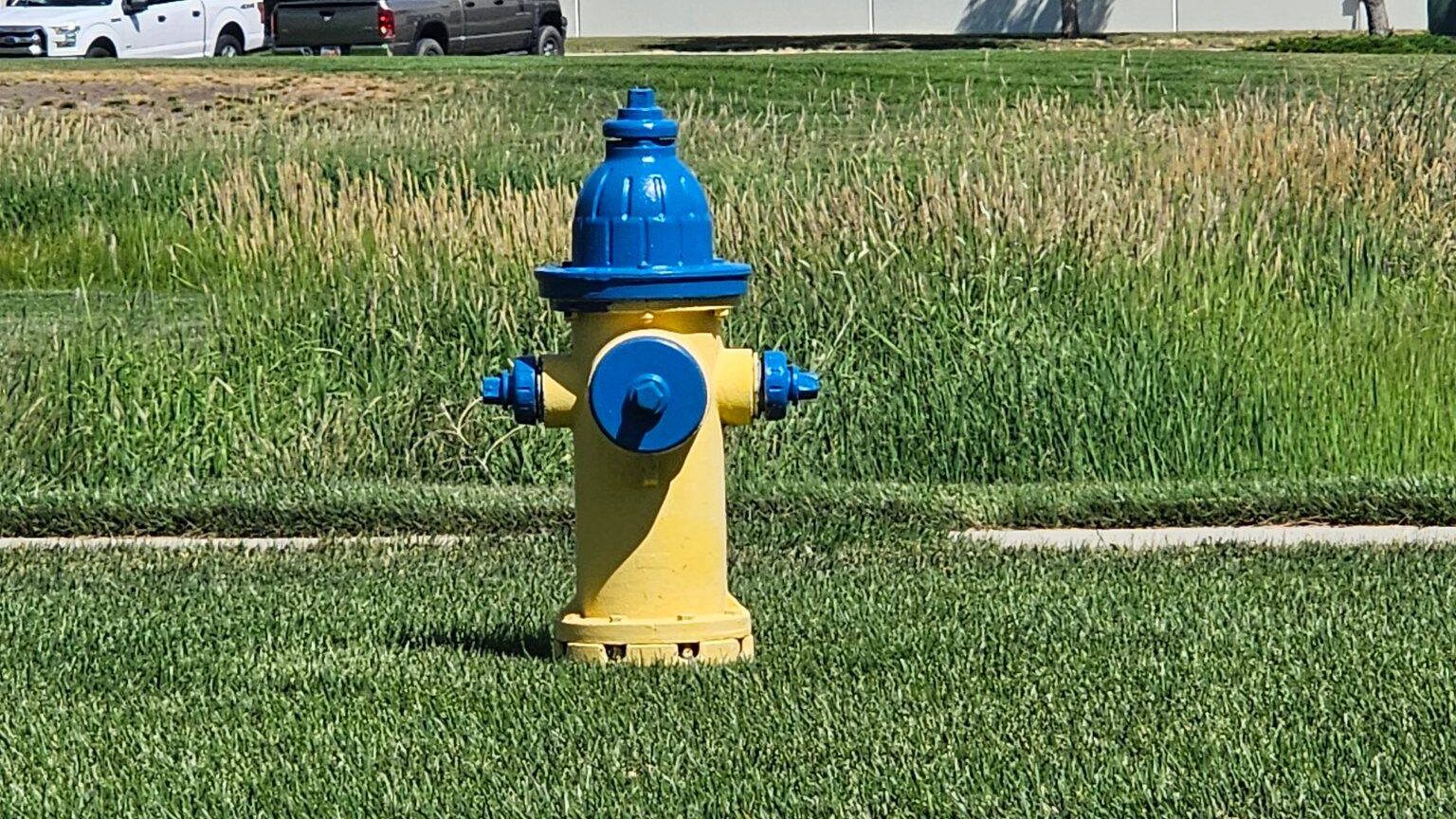
Pacific Palisades Inferno: Fire Hydrants Overwhelmed By Surging Demand
A Critical Examination of the Complexities
The recent inferno in Pacific Palisades, California, has highlighted a critical issue that has long plagued many communities: the inability of fire hydrants to keep up with the surging demand during major fires. This failure has dire consequences, as it can hinder firefighters' ability to extinguish blazes and protect lives and property.
Underlying Causes
The inability of fire hydrants to meet demand in Pacific Palisades and other areas stems from several factors:
- Aging Infrastructure: Many fire hydrants are decades old and have not been adequately maintained or upgraded. Their pipes and valves can become corroded and clogged, reducing water flow.
- Insufficient Water Supply: Some communities have inadequate infrastructure to provide sufficient water to fire hydrants. In Pacific Palisades, the local water district confirmed that the system was overwhelmed by the demand.
- Increased Water Consumption: During a fire, water consumption surges as residents use hoses, sprinklers, and other means to protect their homes. This can further strain the water supply.
Consequences and Implications
The failure of fire hydrants to provide adequate water pressure has serious consequences:
- Delayed Firefighting: Firefighters rely on hydrants for a reliable and immediate source of water. When hydrants are overwhelmed, they have to wait for additional water supplies, which can delay firefighting efforts.
- Increased Fire Spread: The lack of water flow can prevent firefighters from containing and extinguishing fires effectively. This can lead to the spread of the blaze, threatening more lives and property.
- Damage to Infrastructure: Insufficient water pressure can also damage fire hydrants themselves, as well as other infrastructure such as water mains. This can further disrupt water supply and hinder firefighting efforts.
Perspectives and Solutions
There are different perspectives on how to address the issue of overwhelmed fire hydrants:
- Infrastructure Upgrades: Some experts argue that the solution lies in upgrading and replacing aging fire hydrants and water supply systems to ensure they can meet increased demand.
- Water Conservation: Others suggest that communities should focus on conserving water during fires to reduce the strain on the system. This could involve limiting the use of hoses and sprinklers.
- Alternate Water Sources: Fire departments may consider using alternate water sources during fires, such as nearby lakes, rivers, or swimming pools, to supplement the water supply.
Conclusion
The failure of fire hydrants to keep up with demand during the Pacific Palisades inferno is a serious issue that warrants immediate attention. It highlights the need for upgrades to aging infrastructure and investments in water supply systems to ensure they can withstand extreme demands during emergencies. By critically analyzing different perspectives and exploring potential solutions, communities can work towards improving fire safety and protecting lives and property.
The issue of overwhelmed fire hydrants is not isolated to Pacific Palisades. Many communities across the country face similar challenges. It is a reminder of the importance of infrastructure investments and the need for proactive planning to safeguard against future disasters. By prioritizing fire safety and addressing the underlying causes of hydrant failures, we can create safer and more resilient communities.

Post a Comment